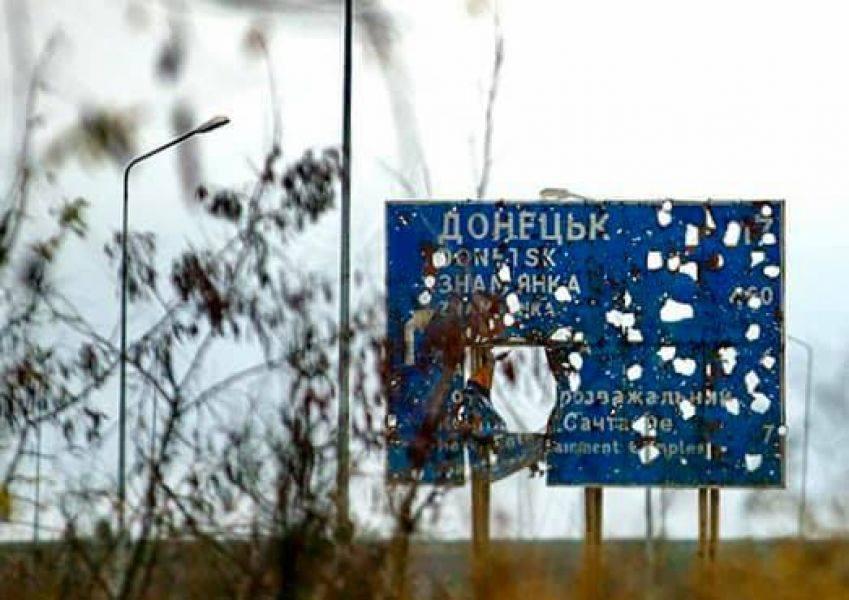
Billions for Donbas: How much reintegration costs and where to get the money
The territories of Donetsk and Luhansk regions occupied by Putin's Russia will sooner or later return to Ukraine. Experts warn that the restoration of the region will require huge investments, at the same time considering such investments to be beneficial for the country and society and naming several of their possible sources.
The events of 2014 forever left a bloody trace in the newest history of Ukraine. Dizzying freedom after the win of the Revolution of Dignity and the flight of usurper president Viktor Yanukovych was followed by bitterness from a vile blow to the back on the part of the neighboring Russia that stole Crimea and unleashed a war in the east of Ukraine, giving rise to strange semi-criminal formations "LPR" and "DPR".
After the armed militants led by Russian spec-ops troops seized local government buildings in Donetsk and Luhansk regions, the then head of our state, Oleksandr Turchynov launched the Anti-Terrorist Operation. But as a result of intervention by Russian army, which was superior in numbers and technical equipment, Ukraine lost a third of its territories in these areas.
For over five years, shelling has been ongoing along the line of contact. According to the UN, over the course of these years, more than 4,000 Ukrainian servicemen were killed, while the total death toll of this bloody war has exceeded 13,000. Three million Ukrainians living in the occupation were are on the brink of survival. More than a million IDPs from these territories have fled their homes and are trying to start their life anew.
Meanwhile, the change of power in Ukraine at the presidential and early parliamentary elections and a major exchange of held persons held between Ukraine and Putin's Russia in September gives a ghostly hope for an end to the war.
In Ukrainian society, the discussion about the reintegration of the occupied territories is once again in focus. It's time to calculate how much it could cost to restore liberated lands, resume economic ties and suitable living conditions for the local population.
How much
President of Ukraine Volodymyr Zelensky in one of his speeches voiced tentative assessment of funds required for the restoration of Donbas at EUR 10 billion. The head of state announced the autumn forum in Mariupol for foreign investors interested in financing infrastructure and humanitarian projects to restore the region.
According to deputy head of the National Institute for Strategic Studies, Yaroslav Zhalilo, ten billion euros for Donbass is way too little.
"It may be enough to restore transport links and utility infrastructure. But if we talk about restoring economic self-sufficiency – the ability to employ several million people and the competitive use of local resources – this figure needs to be increased several times, at least," he told UNIAN.
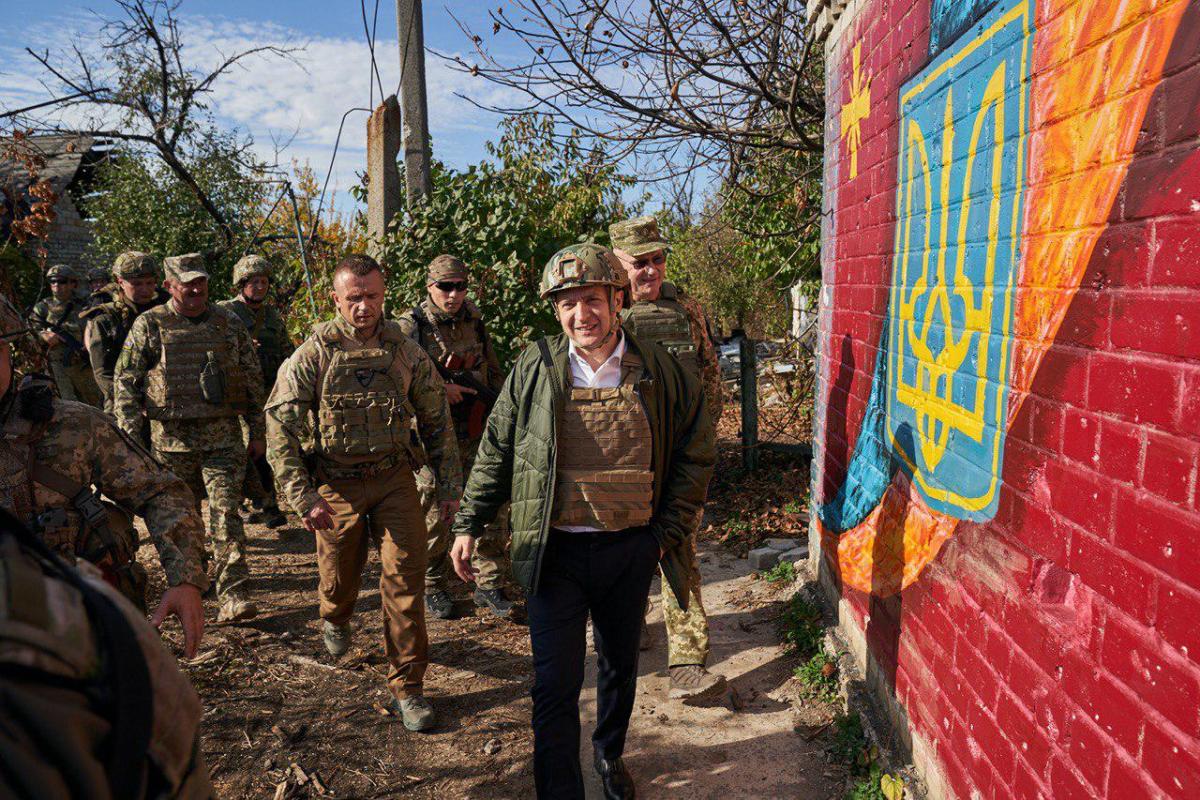
The expert is convinced that Russia should pay for its actions in Donbas and in Crimea, but does not recommend considering this as a promising source of funding for the restoration of the region, since such compensation can be received following decades of painstaking legal efforts.
This means that the financial burden will fall on the shoulders of Ukrainians.
Answering a possible public inquiry on why other regions of the country should pay for the restoration of Donbas, Zhalilo recalled the events after World War 2, when Donbas, rebuilt with the help of the entire country, became a powerful industrial center and for years played a significant role in the economy. But when the need arose for a new modernization of the region, this never happened.
"I believe that all of Ukraine has certain obligations to Donbas. Also, we have the right to receive help from Europe, as our country suffered for its pro-European choice," Zhalilo emphasized, noting that the matter is essentially about protecting the principles of European democracy, and not just the eastern border of Ukraine.
Head of Case Ukraine analytical group, Dmytro Boyarchuk, also believes that larger investments are needed to restore the occupied territories. But at the same time, he notes that it is not yet possible to accurately assess the scale of the damage and start any projects in this region while tanks are still deployed across the area.
"Definitely, we will need help of the European Union, because ten billion euros is the annual budget of the Pension Fund. Ukraine has no such money. But I think international donors, if they are sure that the conflict is abating and can be eased with money, will allocate funds to this end," an UNIAN expert said.
He explained that international organizations fund similar programs to protect themselves from the flow of migrants. That is, their assistance to poor neighboring countries is, above all, about their concern for their own well-being.
Not leaving Ukraine alone facing its problems
The representative of our country's largest investor, Managing Director of the European Bank for Reconstruction and Development for Eastern Europe and the Caucasus, Matteo Patrone, in a comment to UNIAN assured that the European community will not leave Ukraine alone with the problem of reintegration of Donbas.
He didn't speak on behalf of the European Union, but assured that the EU will be part of the process. As for the EBRD, he said the bank was already quite actively investing in the eastern part of the country. In particular, in the city of Mariupol, where they fund a project for the modernization of city transport and mulling a new project for municipal solid waste.
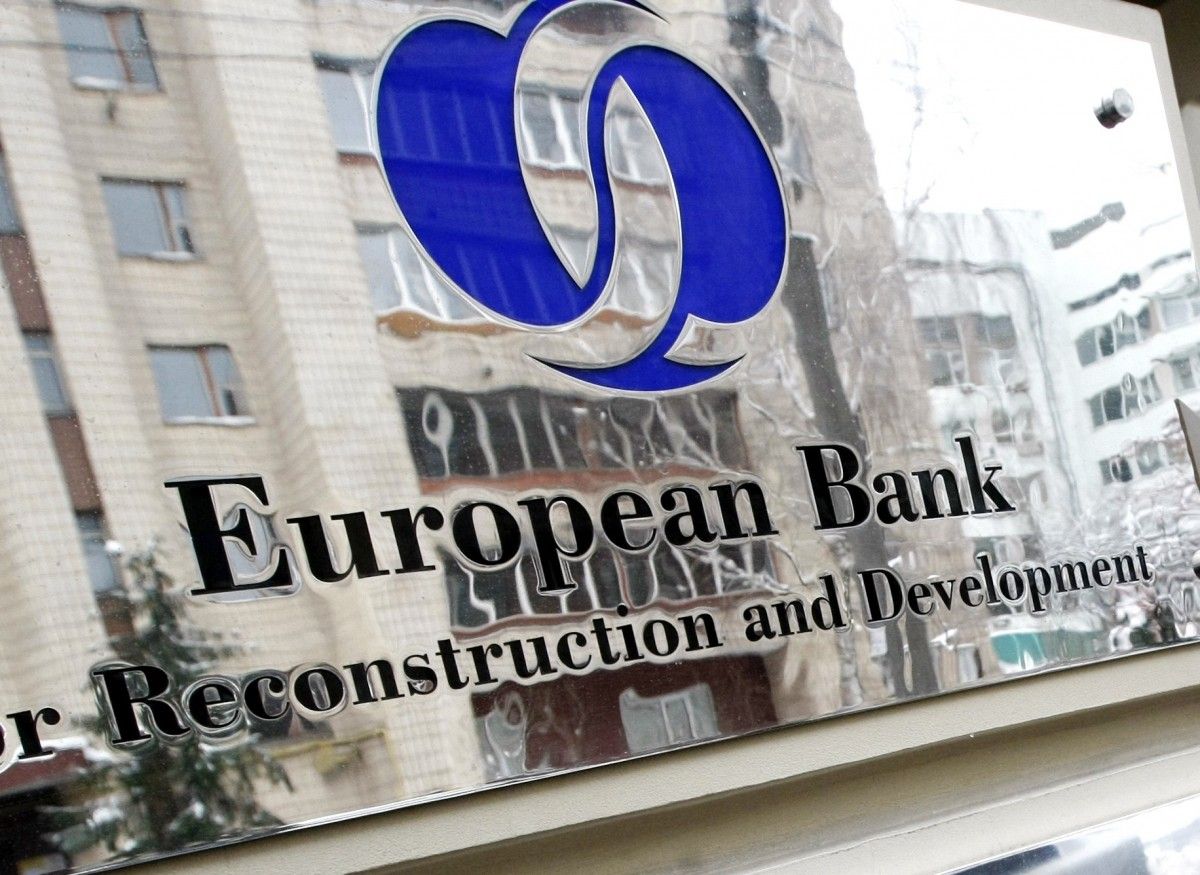
According to the banker, under appropriate conditions, the EBRD is ready to expand its activities in eastern Ukraine and share its vast experience in restoring urban infrastructure after armed conflicts in countries such as Kosovo, Macedonia, Bosnia and Serbia.
He says such projects are able to completely restore what has been destroyed. Entering the region, the bank helps it get out of the crisis and integrate into normal modern economic conditions, according to Patrone.
The key conditions for starting such projects the EBRD representative named receiving a request from the government and ensuring security in the region.
Investments in the restoration of Donbas will be of interest not only to institutional, but also to private investors.
Patrone called Donbas a very under-invested region, while incoming investments could yield pretty good returns. "The production of metal structures for construction, energy and transport engineering, equipment manufacturing will be attractive," said Yaroslav Zhalilo.
An important factor for attracting investment, besides ending the war and removing political tension in the region, the expert called the development of a clear government strategy.
"Ukraine today must form a definite vision of how the process of reintegration and restoration of the occupied region will be taking place, as well as resolution of possible conflicts, restoration of trade and industrial ties," Zhalilo added.
According to him, if such a strategy existed, investors could already form investment groundwork today in order to be in the forefront at the start of the process.
Government plans
A clear government plan, which investors and experts are talking about, seems to be lacking. As Deputy Minister of Social Policy Serhiy Nezhinsky commented to UNIAN, costs are now being calculated, and this issue is under the control of not only the minister but also the president.
Meanwhile, Foreign Minister Vadym Prystaiko recently announced an alternative plan if the process of peaceful reintegration doesn't take place.
"If it [the Steinmeier formula of Donbas settlement] is a price our people can accept, we do it. If not, we must know – for example, I’ve already told, addressed our deputies, if they take this seriously, we take a third of our budget from pensions, salaries, medical insurance, and channel the money toward mobilization of our army and try to defend ourselves without a peace process. All these options are on the table for the Ukrainian people, but the government has an obligation to select and propose the best of these solutions," the minister said, sparking public criticism amid suspicions of manipulation.
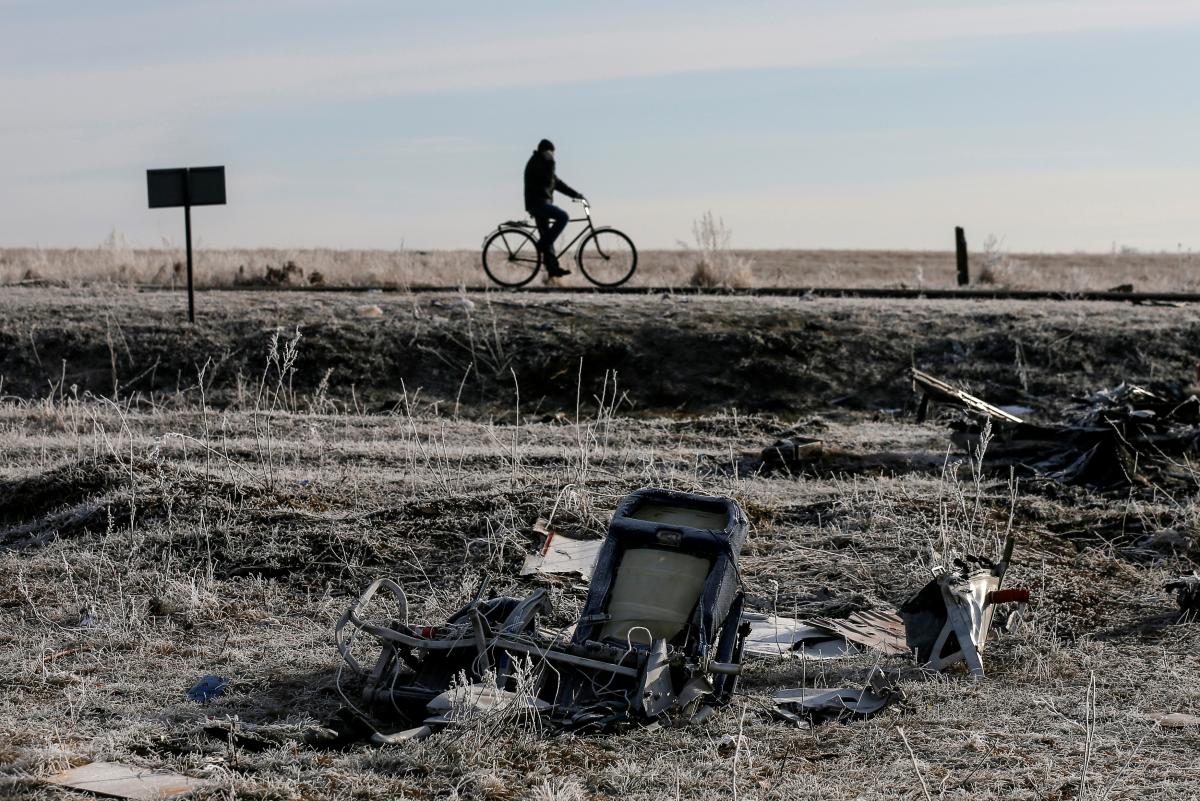
Considering the current annual state budget revenues of Ukraine in the amount of about a trillion hryvnias, it turns out that a military solution to the conflict, according to the minister, will cost UAH 300 billion, or the same EUR 10 billion at the current exchange rate.
But it must be borne in mind that the military path is likely to lead to new losses, damage, and further plunder of assets. Then future recovery will require new even larger investments.
Business plan for Donbas
While the government is mulling a business plan for the reintegration of the eastern part of Donbas, experts already have an approximate idea about the areas requiring financing.
Yaroslav Zhalilo sees as priority restoration of destroyed buildings, bridges, and roads to ensure an acceptable quality of life for citizens. In addition, transport infrastructure, logistics, communication with the capital and neighboring regional centers require improvements so that residents of Donbas no longer feel like part of a separate, abandoned territory.
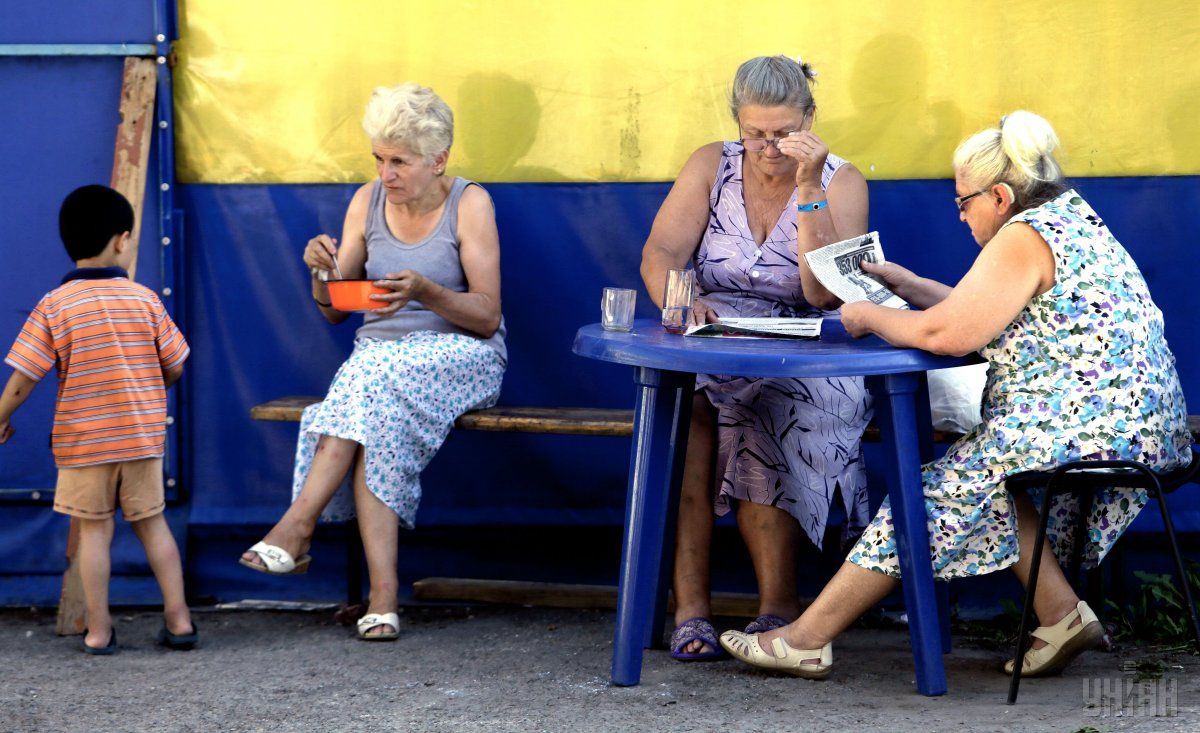
In the future, the expert considers it appropriate to reformat the economy of the region, ensuring not only the reconstruction of destroyed enterprises or those stolen and transferred to Russia, but a technologically new quality of production. According to him, metallurgical and coal industries represented in the region require modernization, while energy – the development of alternative sources. There is also significant unrealized potential in the agricultural sector.
Zhalilo warns that upon the restoration of Donbas, social projects will be implemented that require significant investment, but are hardly of commercial interest. For such projects, he offers to attract European or international funds and international assistance.
"It is necessary to create certain financial mechanisms that guarantee the efficient use of funds, ruling out the corruption component, and the level of trust that allows attracting the required resources. For example, a joint- or consortium financing fund could be created with an international supervisory board," he suggests.
According to the expert, technical assistance is also needed to organize effective managing institutions in the region, which would become the foundation for attracting private and institutional investors. Zhalilo noted that about two million people fled from the occupied region, so it is "bloodless" in terms of human capital.
"It is unlikely that a significant part of IDPs will return there. They have already adapted in a new place, and to get them back you need to get them interested. It is possible that during the reintegration the situation of the 1940-1950s may repeat when people were purposefully brought to Donbas," the expert says.
At the same time, he admits that, for example, a Chinese investor who built their enterprise in Donbas could bring along Chinese employees to work there.
Investing in peace
Experts unanimously consider the cost of restoring occupied territories as profitable investment.
"Talking from a purely economic perspective, peace is definitely better than war. If you remember, there were several waves of devaluation, and the deepest of them was the result of the loss of this territory and foreign exchange earnings from metallurgical enterprises. If these territories were preserved as part of Ukraine, the dollar would cost UAH 10-15," said Dmytro Boyarchuk.
The expert recalled that now Ukraine is buying coal for foreign currency, but it could be calculated directly in hryvnias, which would also be a positive factor for the exchange rate.
"The restoration of trade relations: the delivery of goods to peaceful territory, not across the front line, will be more profitable for both sides. And the restoration process itself means new projects, jobs and taxes to the budget," he added.
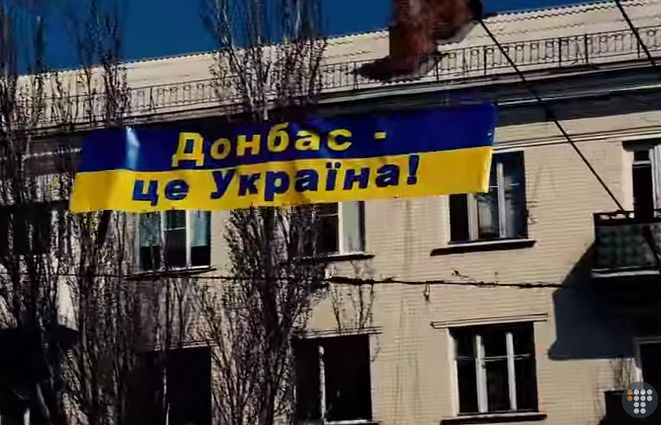
At the same time, Boyarchuk believes that the issue of reintegration cannot be considered in a purely economic plane, without a geopolitical context, since, if Ukraine continues to be split up by politicians, then no European integration processes and investments will come anytime soon.
Yaroslav Zhalilo, in turn, recalled that with the loss of Donbas, Ukraine also lost over 20% of its industrial and export potential, and in some areas the damage was catastrophic. For example, our country has lost control over all deposits of the most valuable coal grade, which is anthracite.
"But this does not mean that in the event of reintegration, we will immediately see a corresponding increase in industrial potential. This is not the same potential, and it requires investment to become a generator of income, rather than a burden. The best enterprises have already been stolen – they were simply transferred. Some were destroyed in hostilities or halted production," he explained.
At the same time, the expert noted that the ongoing armed conflict discourages investors from looking at not only this region, but also the country as a whole, which is confirmed by a decrease in investment inflows to Ukraine after 2014.
"A ceasefire, stabilization, and confidence that there will be no aggravation are important conditions for the country as a whole. But for investing in the region this is not enough – real, not mechanical, reintegration that minimizes the risks of conflict situations in the future," Zhalilo summed up.
In other words, the security issue is a key one so that Donbas, tormented by the Russian military and their proxies, could live a new life, and receive billions in investment to rebuild cities, roads, and new factories, plant maize and sunflower in the fields instead of mines, open new schools, hospitals, and stadiums. All this is quite realistic, but only under the Ukrainian flag.
Olha Hordienko

